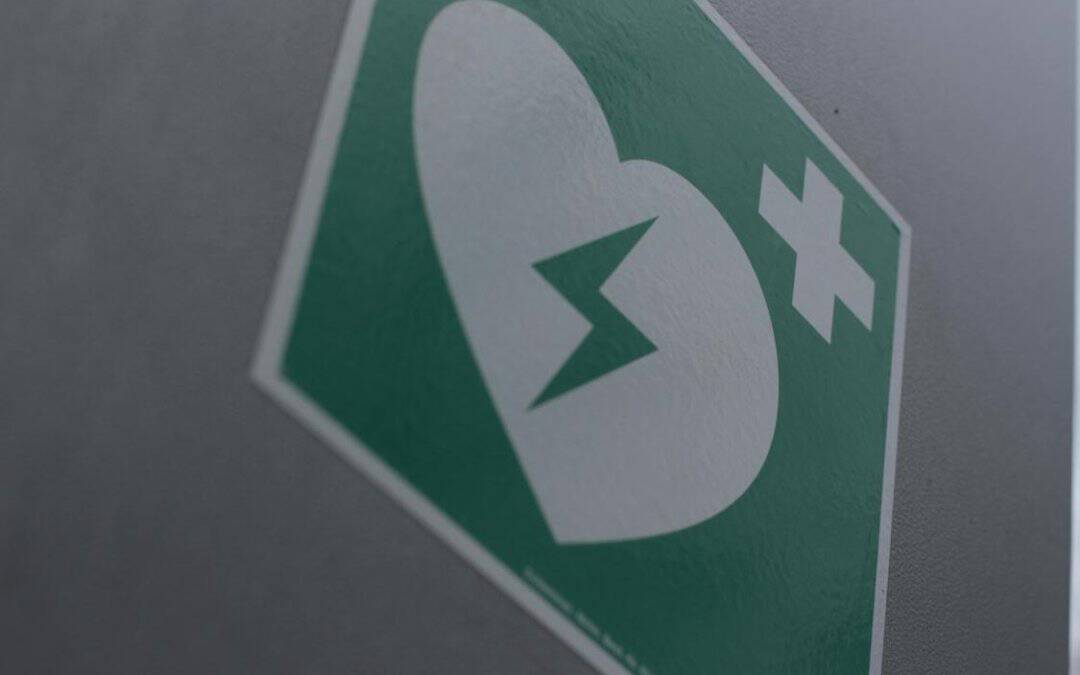IV poles help healthcare professionals quickly and safely transport fluid bags to patients throughout hospital operations. The best IV poles maintain threshold requirements and provide reliable mobility over dips in floors or objects.
Whether they are tripping over rusty wheels, frantically searching for labels or tangling their bags, hospital staff struggle with the traditional IV stand. That’s why the Element IV stand was designed to alleviate these struggles.
Stability
IV poles are a necessity in hospitals and clinics to help provide the medical equipment that patients need, as IV poles securely hold intravenous fluids. However, these IV stands are not all created equal and subpar IV poles may cause serious harm to patients when they do not meet basic standards like stability and threshold requirements.
The most important aspect of a rolling IV stand is that it be stable and not easily knocked over. Having an unstable IV stand can cause injuries to medical professionals and patients if it falls over, but also can disrupt the flow of fluids and medications which could put the patient at risk of dehydration or other health complications.
Often, the reason that IV poles are not as stable as they should be is that the wheels on the base of the IV stand are unable to grip the floor surface and roll smoothly. Fortunately, a solution is available to fix this issue with a product called Wheel Guards. This simple device covers the wheels on an IV stand and pushes wires away from the casters, making it much easier to move the IV stand across the floor. It is a cheap and easy solution to this common problem and is available for most IV poles.
Another factor that affects the stability of an IV stand is the type and construction materials used. Stainless steel is the preferred option for healthcare environments due to its durability and resistance to infection control issues such as rust or corrosion. IV poles constructed of chrome or raw steel may also be durable options, but they are not as sanitary as stainless steel. Chrome IV poles are also prone to rusting when their chrome plating wears off which can cause contamination and infection.
Other features that can affect the stability of an IV stand include the height of the IV bag and the base style. IV bags come in a variety of sizes and are usually attached to a central hub on the top of the IV stand. The hub can be made of a variety of materials including aluminum and cast iron. Bases can also be constructed of a variety of materials depending on the environment. Lighter aluminum bases allow for ease of maneuverability while heavier, stabilizing cast iron offers greater stability.
Tilt
Medical equipment is vital for hospitals and clinics, but it must adhere to strict standards to ensure safety and reliability. This is especially true for IV poles, which are used in critical care situations to deliver lifesaving fluid bags and other medical supplies. Low-quality IV poles are more likely to stall operations and damage valuable equipment. They can also pose a safety risk for patients, causing them to fall or get injured by the device as they walk by it.
While stationary IV poles and IV poles mounted on hospital beds are useful, rolling IV poles are a must-have to provide staff with the mobility they need to serve patients across the facility. Quality IV poles should not only roll but be durable and made of the strongest materials to withstand the harsh, medical environment. They should be able to cross high thresholds multiple times and stand up to rigorous use so they can go where they are needed most.
Despite their seemingly delicate image, IV poles are heavy duty pieces of equipment and must be able to support the weight of multiple IV bags. They must be able to balance well while being rapidly transported between operations, going down ramps and up-sloping hospital hallways. IV poles that are not balanced properly can tilt over, dropping their fluid bags and potentially hitting other medical equipment or patients.
To improve the stability of IV poles, it is important to consider construction materials, base style, tops and casters, and the overall design of the IV stand. Medical facilities can choose from stainless steel or aluminum alloys for durability, and should select a height-adjustable IV pole to accommodate different environments. They can also choose from various styles of tops, including two hook tops for general use and four hook tops for ICUs or surgical environments.
The IV pole wheels can be a source of trouble as well. In many cases, the wheels can become jammed with wires that wrap around them and prevent them from spinning smoothly across the floor. This can create a significant delay in medical procedures and detract attention from the patient, which can lead to a number of serious injuries. A simple fix for this issue is to add a wires away wheel guard that covers the IV pole wheel and pushes wires out of the way.
Threshold

Hospital IV poles are often the most unassuming pieces of equipment on a medical facility’s premises. Yet even this simple piece of equipment can become a significant safety hazard if it is not properly configured. IV poles that do not adhere to threshold and tilt requirements can stall operations, damage delicate or invaluable equipment parts and pose serious patient risks.
Threshold is an important aspect of IV poles because healthcare workers frequently carry IV bags to patients on a number of different floor levels. In order to do so, they must be able to roll the laden poles over thresholds like the ones at elevator entrances. Hospital IV poles that do not meet the threshold value can quickly and easily tip over as they are moved across uneven surfaces, exposing sensitive fluid bags to contamination and knocking other medical equipment out of alignment.
When choosing a threshold value for an IV pole, it is essential to consider where it will be used and for how long. IV poles constructed of raw steel coated with chrome may be a viable option for a short period, but once the chrome coating begins to wear off it will leave the underlying steel susceptible to corrosion and rust. On the other hand, stainless steel IV poles are an ideal choice for long-term durability and resistance to rust.
Another thing to consider is the type of top that will be attached to the IV pole. While two hook tops are more common in general healthcare settings, specialized IV poles with four and six hooks offer greater flexibility for specific medical environments like ICUs or surgical environments.
IV poles are simple but essential medical equipment and must be designed to perform consistently for hospitals and clinics to use in their daily operations. Buying American-made IV poles from Marlin Steel ensures that the equipment is made of the highest quality materials and will adhere to threshold and tilt standards. To learn more about the IV poles offered by Marlin Steel, click the CHAT button to speak with a CME expert today.
Wheels
Hospitals must keep up with basic safety and essential performance requirements, especially with life-saving equipment like IV poles. Whether they’re wheeled from room to room, rolled into elevators, or transported from a floor to another, IV poles must remain stable and not tip over or damage equipment during transport. Conventional IV stands are prone to rusting from their oversized bases and sprawling legs that create trip hazards for patients, nurses, and medical staff. Additionally, their tipsy movements often stall operations and force healthcare workers to slow down their pace.
Luckily, hospitals can improve these problems with IV stand alternatives that are designed for stability and mobility. With a heavy-duty base and castors, Marlin Steel’s IV poles maintain threshold requirements even when transporting across dips in hospital floors or moving up or down stairways. These IV poles also include features such as a cutout in the base to prevent tripping, a low center of gravity for safe handling of multiple fluid bags, and a patented ClearStep design that is robotically welded for precision.
With these improved designs, a patient’s risk of falling when pushing an IV pole while ambulating decreases significantly, and nurses can focus on delivering care without distraction. Additionally, rolling IV poles allow healthcare workers to easily transport the devices to areas where patients are receiving infusion treatment.
As a result, these devices are ideal for the patients in hospitals who need to walk around or move between rooms. Getting up and walking can help them heal, and it can also help them stay more engaged in their therapy. Ultimately, this helps them better manage their pain and discomfort. IV stands that are difficult to push or don’t provide the needed support could cause a patient to fall, leading to severe injuries that may require further medical attention and longer recovery times.




